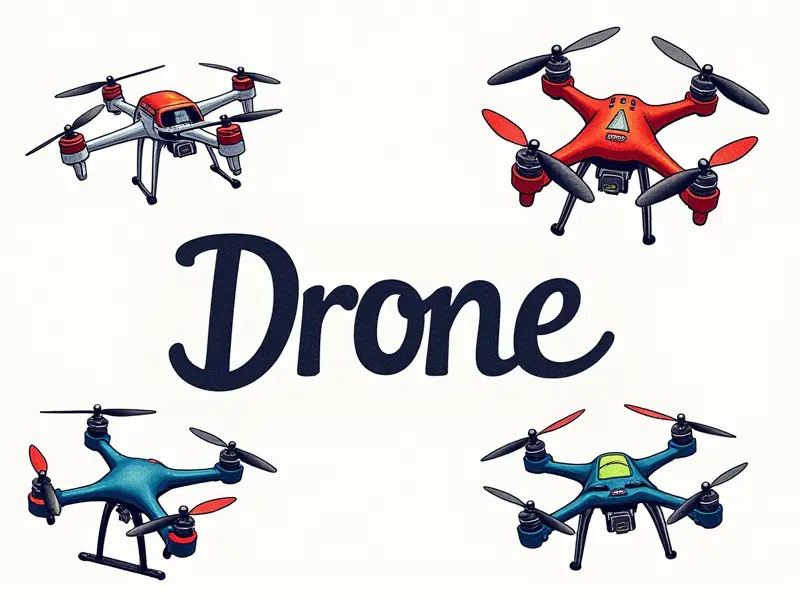Why are FPV props carbon fiber?

Why Carbon Fiber is Ideal for FPV Props?
When it comes to the world of First-Person View (FPV) racing, every component plays a crucial role in achieving optimal performance. Among these components, propellers are one of the most critical elements that directly impact flight dynamics and overall speed. The choice of material for FPV props is therefore paramount, with carbon fiber emerging as the preferred option due to its unique properties.
Benefits of Carbon Fiber Props in FPV Racing
The use of carbon fiber in FPV propellers offers several advantages that make it an ideal choice for competitive racing. Firstly, carbon fiber props are incredibly lightweight, which reduces rotational inertia and allows the drone to accelerate more quickly. This is crucial in FPV racing where every millisecond counts.
Exploring the Benefits of Carbon Fiber FPV Props
In addition to their lightness, carbon fiber props also exhibit superior strength-to-weight ratios compared to other materials such as plastic or wood. This means that while they are lighter, they can withstand higher stresses and impacts without breaking, making them more durable in high-stress racing environments.
Boost Your FPV Performance with Carbon Fiber Props
The rigidity of carbon fiber props also contributes to their effectiveness. They maintain a consistent shape under load, ensuring that the propeller blades remain true and efficient throughout flight. This consistency translates into better thrust generation and more stable performance.
The Case for Carbon Fiber in FPV Propeller Design
Carbon fiber's ability to resist deformation is another key factor in its selection for FPV props. Unlike plastic or wood, which can warp over time due to heat or mechanical stress, carbon fiber retains its shape and integrity even after prolonged use. This longevity ensures that the propellers continue to perform optimally without degradation.
Advantages of Using Carbon Fiber Props in FPV
The aerodynamic properties of carbon fiber props further enhance their appeal for FPV racing. The smooth surface finish reduces drag, allowing the drone to achieve higher speeds and maintain stability at high velocities. This is particularly important when navigating through tight courses or performing complex maneuvers.
Why RC Pilots Choose Carbon Fiber for FPV Props
The decision by remote control (RC) pilots to opt for carbon fiber props in their FPV setups stems from a combination of performance benefits and practical considerations. Not only do these props deliver superior flight characteristics, but they also offer peace of mind knowing that the investment is protected against wear and tear.
Unleashing the Power of Carbon Fiber FPV Props
To fully leverage the potential of carbon fiber props in FPV racing, it's essential to understand how their properties complement other aspects of drone design. For instance, pairing lightweight carbon fiber frames with equally robust propellers ensures a balanced and efficient system that maximizes speed and agility.
Why Carbon Fiber Wins for FPV Propellers
The choice of carbon fiber over alternative materials is ultimately driven by the superior performance it delivers in terms of weight reduction, strength enhancement, rigidity maintenance, and aerodynamic efficiency. These attributes collectively contribute to a more competitive edge in the fast-paced world of FPV racing.
The Strength and Lightness of Carbon Fiber FPV Props
One of the most compelling aspects of carbon fiber props is their remarkable balance between strength and weight. This unique combination allows for enhanced maneuverability, quicker acceleration, and sustained high-speed performance—qualities that are indispensable in competitive racing scenarios.
Why Carbon Fiber is King for FPV Props
In conclusion, the dominance of carbon fiber in FPV propeller design can be attributed to its unparalleled blend of lightweight construction, superior durability, and exceptional aerodynamic properties. These factors collectively elevate the performance capabilities of FPV drones, making them a preferred choice among enthusiasts and professionals alike.

